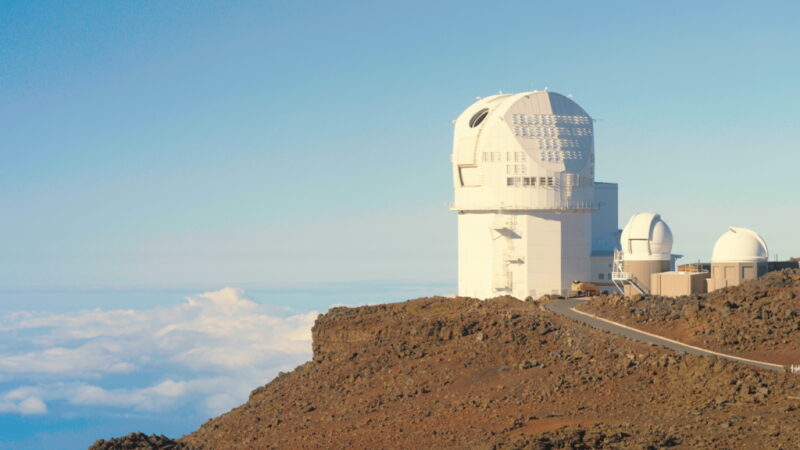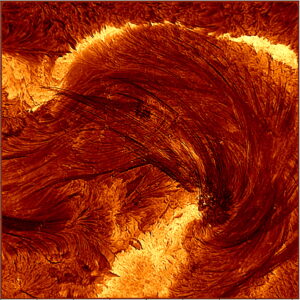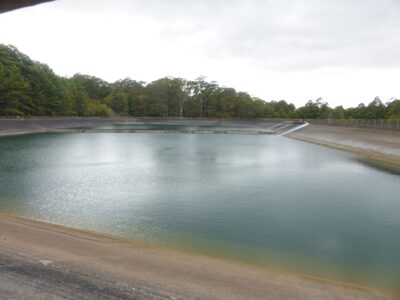Maui telescope takes deep look into solar flares

The National Solar Observatory on Mt. Haleakala recorded this high-resolution image of a solar flare on the sun. According to the observatory, the image is about four Earth-diameters on each side. Photo courtesy of National Solar Observatory
Scientists observing telescopic images from Mt. Haleakala on Maui have taken a leap forward in understanding solar flares that sometimes knock satellites off course and out of orbit.
The flares are geomagnetic storms that can affect satellites in low orbit and disrupt communications.
Near the summit, scientists using the Daniel K. Inouye Solar Telescope at the National Solar Observatory said a broadband imager gave them a closer look into solar flares, showing the finer structure of their dark corona loop strands in unprecedented detail.
“These observations will also improve forecasting for space weather events that are hazardous to satellites, power grids and communications on Earth,” the observatory noted. “We now have the capability to observe the sun at unprecedented spatial scales.”
In February 2022, 38 to 40 Starlink satellites were lost due to a geomagnetic storm caused by solar flares, according to NASA.
According to the observatory, the recent study marks a potential breakthrough in resolving the fundamental scale of solar coronal loops and pushing the limits of flare modeling.
The Daniel K. Inouye Solar Telescope is the world’s largest solar telescope. It began operation on Feb. 23, 2022.
The telescope cost around $340 million and relies on a 13-foot mirror and an elaborate cooling system to hone in on the sun’s roiling surface.

The National Science Foundation’s Daniel K. Inouye Solar Telescope has been providing unprecedented closeups of the sun, helping scientists get a better understanding of solar flares. Photo courtesy the National Solar Observatory
The telescope can also help scientists keep an eye on the sun and figure out when it might create a massive burst of energy.
Scientists hope the telescope will allow them to understand how magnetism changes the brightness of the sun and how that in turn impacts the Earth’s temperatures and climate change.
The telescope atop Haleakala has also drawn its critics, as the summit is considered sacred ground by many Native Hawaiian groups. The telescope has been challenged in court as far back as 2009.
As part of a mitigation plan, the National Science Foundation awarded a $20 million grant to University of Hawaii Maui College to engage Native Hawaiian students in pursuing science careers.
Before being built, the planners of the telescope had a Native Hawaiian work group that educated the foundation and observatory staff about cultural issues and provided cultural information throughout the telescope’s construction.





